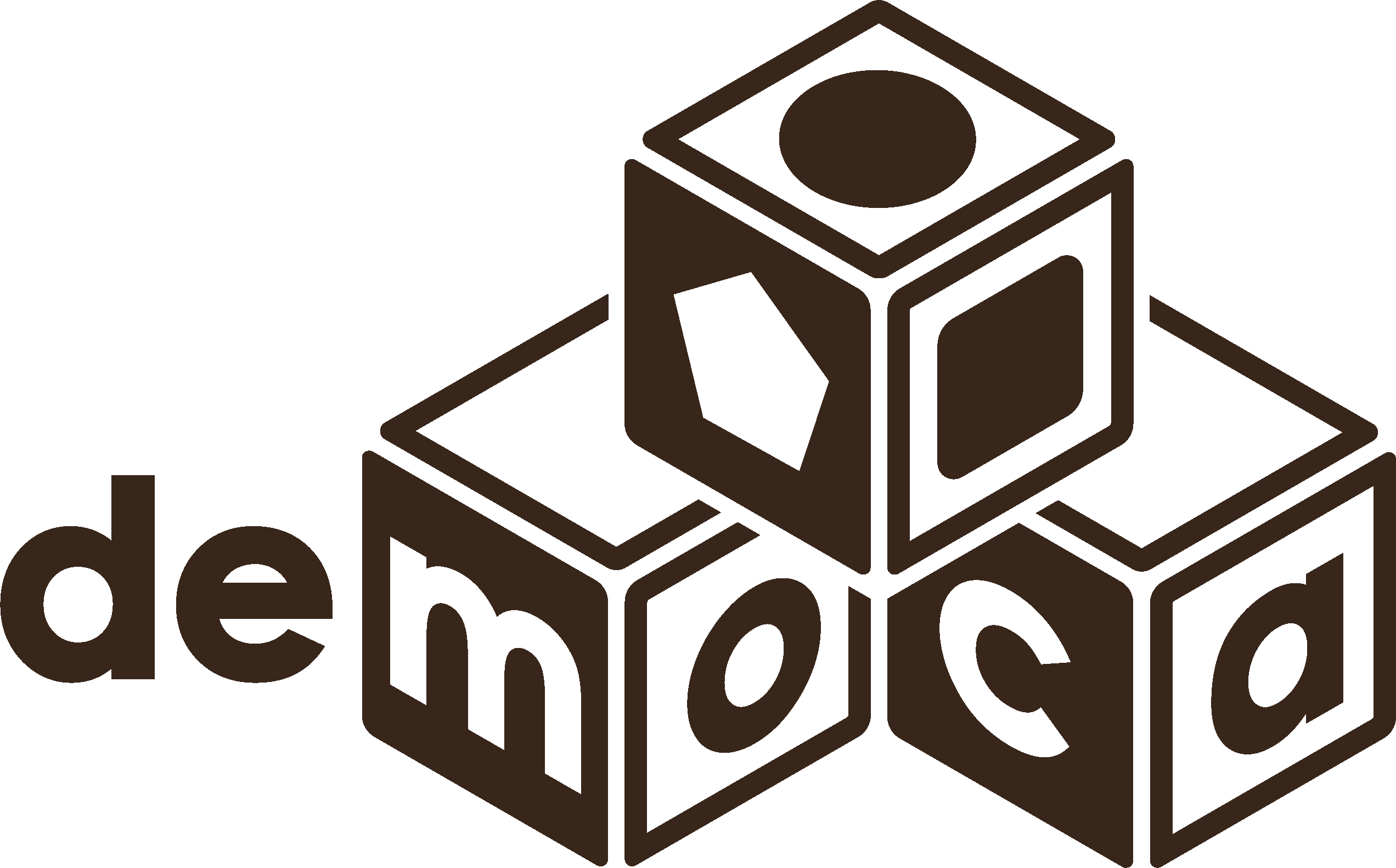
Bright Colors vs. Muted Colors - How it affects your little one
Apr 21 , 2022
Colors are the most used tool by children to express themselves!
Colors are everywhere! How do they impact our lives?
Color is one of the main attributes that will impact your child from the beginning. Understanding the role and the importance of color is essential for them, how they will perceive the environment and how it will affect their emotional side, learning process, and level of productivity. Before reading and writing, children communicate and express themselves by relying on visual materials, which is why colors in the first 6 years of life are quite significant, if appropriately used or not.
Facts: In the first months of life, we see ONLY shades of black, white, and grey, primarily monochrome.
Also, studies have shown that color has a significant impact on the development of the brain, learning, and creativity. From leading to inspiration to offering a calm or causing tension, colors have been everywhere around us since day one, and babies tend to be more sensitive to them.
How to present color to a newborn and children up to 3 years?
A baby that is only a few days old prefers contrasting patterns. Their eyes aren't fully developed yet in the first days, even months. Different shades of one color are preferred not to overstimulate the newborn visually. Use black, white, and grey color in different patterns and shapes to offer a strong, contrasting visual experience and to offer the best form of visual stimulation without overstimulating them. These colors stand out in their field of vision. From 3 to 6 months, babies prefer primary colors, and at 7 months, their vision is developed very well, and you can introduce most colors and shades of it. But GRADUALLY. After one year, children learn to differentiate colors, so they can be used to stimulate cognitive development. After 3 years, every color plays its own role in your child's development and has a beneficial role.
Why is this important?
Kids, but first babies learn to sort things BY COLOR, even their first words are some specific colors usually, being easy to name things by color before learning their names and utility (“It’s the yellow mug”).
Colors even affect kids’ moods. While blue has a calmer effect, red is more alert and tends to make them more observant.
Colors affect productivity and can, if used correctly, enhance intellectual development and emotional development.
From the color of their clothes to their toys or wall in their room, colors contribute to their development, mental health, learning process, and so much more. According to their age and needs, offering a proper environment can have a huge impact on their lives as kids and adults. It’s like offering red clothes and toys to an anxious child and wondering why their mood worsened. But having a blue playroom with shades of blue and purple might help an energetic child.
Bright colors: good or bad?
While bright colors are preferred by all children, being easier for the eyes to see, they affect mood and behavior when it’s too much. Bright colors attract the eyes and lead to a slow learning process and moodiness. Studies have directly linked color with brain development. Babies and children react both emotionally and physically to colors.
Children prefer bright, contrasting colors because they stand out more at an early age since their eyes are not fully developed yet. They first learn to sort things by color, so a sliding sorting puzzle like this one is a good way to start, as they'll learn how to sort by color.
Are muted colors useful?
Muted color used in the environment or toys in a baby or toddler’s daily activities makes space for creativity without overstimulation from other bright colors. Muted colors usually let a bigger space for children to use their imagination and become more independent.
Using muted color in the nursery creates a calm environment for the baby. Besides being aesthetically pleasing, these colors have a calming and soothing effect.
Noisy, bright colors can lead to sensory overload, so picking neutral-colored toys is essential to encourage children's creativity and independence without being overstimulated. A busy board like this one leaves more space to use their imagination, testing textures, and movements.
What is the best color for baby toys?
Bright colors are known to capture people's attention, whether they are adults, babies, or toddlers. Because of this, modern toys tend to be brightly colored. People are unaware of how those vibrant colors affect their moods and behavior.
While saturated colors are easier to spot, they can overstimulate newborns, making them cranky and unhappy.
Babies need time to think, rest their eyes, create, and reflect; we don't want to overstimulate them with colorful toys all day long.
Children and babies respond to colors physically and emotionally. This has a connection to productivity and brain growth.
Experts agree that while it's essential to expose newborns to a wide variety of contrasting colors and patterns as they develop, neutral colors tend to soothe and calm them.
Conclusion?
Use a color that will properly stimulate your child, depending on his age and personality. Encourage learning, focus, creativity, and independence with stimulating contrasts.


